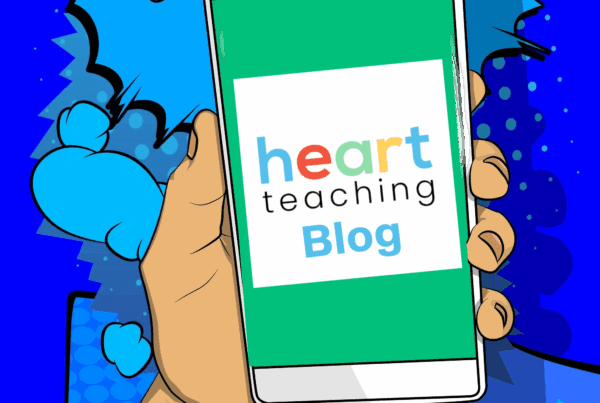Identifying Trigger Points in SEN Students: Strategies for Educators
As educators, we all want to provide the best possible learning environment for our students, including those with special educational needs (SEN). However, sometimes students with SEN may display challenging behaviours that disrupt the classroom and impede their learning progress. One of the most effective ways to manage such behaviours is to identify the trigger points that cause them.
What are trigger points?
Trigger points are specific situations, events, or stimuli that can cause a student with SEN to become anxious, frustrated, overwhelmed, or agitated. These trigger points can vary widely depending on the individual, and they may be related to sensory issues, social interactions, academic tasks, or other factors.
Why is it important to identify trigger points?
Identifying trigger points is essential for supporting students with SEN. Once we understand what triggers a student’s challenging behaviour, we can develop strategies to prevent or minimize those triggers. By doing so, we can create a more positive and supportive learning environment that allows students to focus on their academic and personal growth.
How can educators identify trigger points?
Identifying trigger points requires observation, data collection, and analysis. Here are some strategies that educators can use to identify trigger points in SEN students:
- Observe the student: Pay attention to the student’s behaviour and emotional state during different activities, such as group work, transitions, or sensory experiences. Note any patterns or changes in behaviour.
- Talk to the student: Communicate with the student to learn about their likes, dislikes, interests, and preferences. Ask them about their feelings, emotions, and sensory experiences. Encourage them to express themselves in a safe and supportive environment.
- Involve parents/carers: Collaborate with the student’s parents or carers to gain insights into the student’s behaviour at home and in other settings. Share information about the student’s triggers and ask for their input and suggestions.
- Use data collection tools: Record the student’s behaviour and emotional state using observation charts, checklists, or other tools. Analyse the data to identify patterns and triggers.
- Seek professional advice: Consult with a specialist, such as a SENCO or an educational psychologist, to gain additional insights and recommendations.
What can educators do once trigger points are identified?
Once trigger points are identified, educators can develop strategies to prevent or minimise those triggers. Here are some examples of strategies that educators can use:
- Modify the environment: Adjust the physical environment to reduce sensory overload or provide sensory input that the student needs. For example, reduce visual or auditory stimuli, provide a sensory break area, or offer noise-cancelling headphones.
- Adapt the curriculum: Modify the curriculum to meet the student’s learning needs and preferences. Provide alternative assignments, adjust the pace or complexity of the task, or offer visual aids.
- Use positive behaviour support: Implement a positive behaviour support plan that rewards positive behaviour and teaches replacement behaviours. Use visual cues, social stories, or other strategies to reinforce positive behaviour.
- Provide emotional support: Offer emotional support to the student to help them cope with their emotions and develop coping skills. Use relaxation techniques, mindfulness activities, or other strategies to reduce stress and anxiety.
Conclusion
Identifying trigger points is an essential step in supporting students with SEN. By understanding what triggers their challenging behaviours, educators can develop strategies to prevent or minimise those triggers, creating a more positive and supportive learning environment. It is crucial to involve the student, their parents/carers, and other professionals in the process to gain a comprehensive understanding of the student’s needs and preferences. With the right support, students with SEN can thrive in the classroom and beyond.





